The OnePlus Buds Z are the company’s latest set of wireless earbuds. They are OnePlus’ second set of truly wireless earbuds after the OnePlus Buds launched a few months ago.
Unlike the OnePlus Buds, the OnePlus Buds Z have an in-ear design along with an IP55 dust and water-resistance rating. They also have a reduced claimed battery life of 5 hours of continuous use, compared to 7 hours of claimed battery life on the OnePlus Buds.

However, the OnePlus Buds Z are cheaper than the OnePlus Buds, which makes them a bit more interesting. They are also one of the cheapest set of TWS earbuds on the market from a name-brand and at least on paper, seem to have a full-set of features. In this review, we will find out how well the OnePlus Buds Z perform for their price. Later on in the review, we will also see how they stack up against the more expensive OnePlus Buds, and which ones you should be considering for your next purchase.
Design
The OnePlus Buds Z earbuds have the signature OnePlus design that the company has used on all of its wireless audio products since the OnePlus Bullets Wireless 2. This includes an oblong shape that houses the drivers with a large, flat, circular back panel with a CD-like pattern that is also touch-sensitive. The speaker housing looks nearly identical to those on the Bullets Wireless 2/Z, except for the long stalk that sticks out at the bottom and houses the battery, antenna, and other electronics.

On the inside, the OnePlus Buds Z uses silicone ear-tips, which are comfortable but not as plush and snug-fitting as those on the Bullets Wireless 2/Z. Next to the ear-tip are the two contacts that charge the earbuds when they are inside the case, and also what looks like a pressure release port.
The area surrounding the ear-tip is touch sensitive and is used to determine when the earbuds are inside your ears. This is a less precise and more error-prone alternative to using an optical proximity sensor as found on more expensive TWS models but likely used here to save costs.

Overall, though, the OnePlus Buds Z are quite well-designed and built. They also have an IP55 rating for dust and water-resistance, which makes them safe for use during light rain or sweaty workouts.
Despite the fact that the earbuds have stalks on them, the case has a horizontal instead of a vertical design. Even then, the case has an impressively small footprint.

On the outside, the case is made out of hard, glossy plastic. On the front is an LED that glows red when the case is charging and green when it’s full. On the back is a USB-C port with a button for pairing. There is no wireless charging feature on this case.

Open the lid and you will find the earbuds placed in a rather peculiar manner. At first glance, this doesn’t seem that odd or problematic. However, after using them for the first time, it became apparent what the issue is with this arrangement.
The problem with the layout of the earbuds inside the case is that the speaker modules are facing outwards with the stalks pointing inwards. If you think about how you’re holding an earbud with a stalk in your hand once you remove it from your ear, the speaker modules will be facing up or towards the inside of your arm. So if you remove the right earbud, the speaker module will be facing up or to the left if you turn your wrist. But because the case has the speaker modules pointing outwards, you then have to turn the earbuds around in your hand every time you have to put them in the case.

This likely sounds like the greatest first world problem if you’ve never used them and in some ways, it is. However, it is also a pretty basic oversight on behalf of the team that designed this product. Having to turn the earbuds between your fingers literally every single time you remove or place the earbuds in the case significantly increases the probability of dropping them, especially with your less dominant hand. And this isn’t just an assumption on my part; as a right-handed person, I have dropped these earbuds while flipping them around with my left hand.
The easiest solution to this nightmare design is to open the case pointing away from you. This results in the right earbud being on the left side of the case but the speaker modules and the stalks are pointing in the correct direction to just pick up and place them in your ears without having to twiddle them around first. Similarly, when you are done, you can just place them in easily. The only problem is that the case lid doesn’t open particularly wide but it doesn’t get in the way too much.

Once I got used to simply opening the case with it turned away from me, it became relatively easy to use this product. It’s a cataclysmically daft design but at least the solution is simple.
Comfort
The OnePlus Buds Z are a comfortable pair of earphones. The earbuds are extremely light and the in-ear design doesn’t put too much pressure on your ears. You can wear them pretty much for the entire duration of their battery life without any fatigue or discomfort.
The earbuds also don’t stick out too much from the side of your head so you can wear them while lying on your side in the bed. You can still feel them but it’s not uncomfortable.

As usual for earbuds with stalks, make sure you are careful when moving your hands past your face so you don’t hit the stalks and knock these out of your ears. The ear-tips can occasionally prevent them from popping out but with enough force they could get dislodged and there’s no cable to prevent them from flying off.
Similarly, while they do tend to stay put while running or jogging with them, I would still use neckband-style earphones for greater peace of mind while working out.
Software and features
The OnePlus Buds Z work with two different apps on Android, one for OnePlus phones and a different one for the rest.

For OnePlus phone, you get a built-in app called OnePlus Buds. This app doesn’t really show up unless you have the OnePlus Buds or OnePlus Buds Z connected to your phone and even then the UI only shows within the Bluetooth settings when you go to configure them.
Here, the app will show you the battery life of the earbuds, change the touch gestures, change the codec (AAC or SBC), toggle the Bluetooth profiles, and update the firmware. There is also a Find device feature that lets you see their last known location using Google’s Find My Device app and also make them ring in case you misplaced them somewhere close to you.

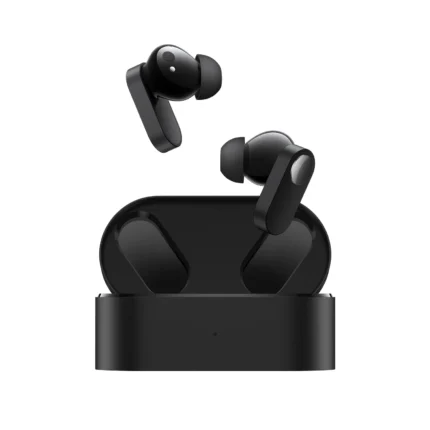
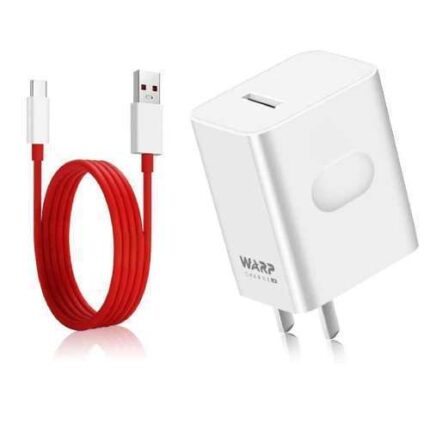





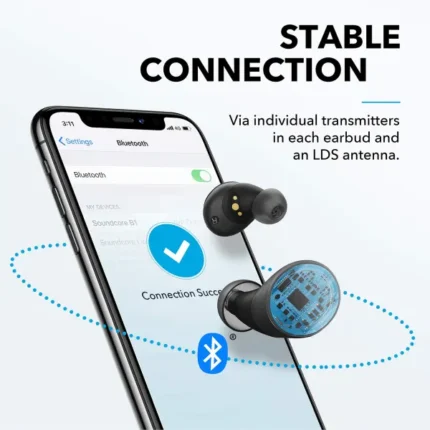

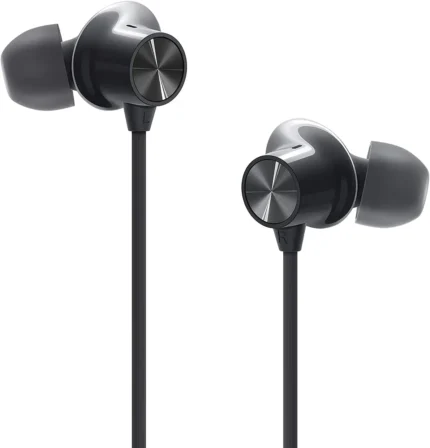
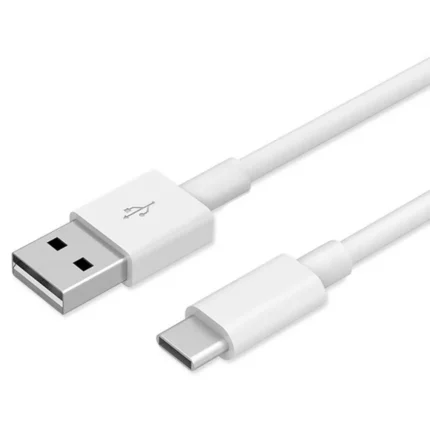
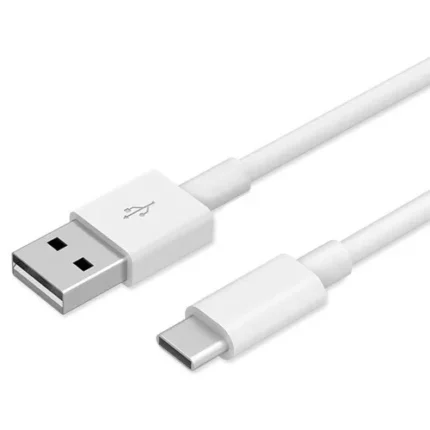



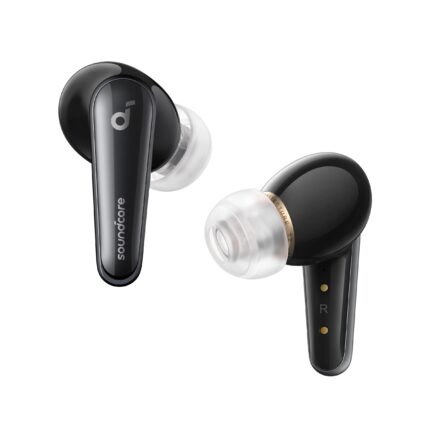





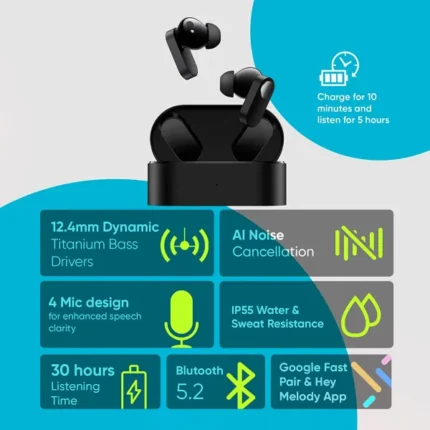
Reviews
There are no reviews yet.